Summary
I was ridiculously underprepared for my trek to Machu Picchu, but I made it to the site in one piece. Looking back at the trip now, I realise there were probably a few things more important than others, and possibly a couple of things I could have done without. Don't be a heroWhen I turned up to the first day of the trek wearing those pumps, I was almost turned away. Despite having trekking boots to complete the Tough Mudder course the previous year, I had bought no hiking shoes or even any trainers with me to South America. I spent a couple of hours searching Cusco for cheap trainers, but there was nothing I could find that I thought was a reasonable price worth paying for a pair of shoes I would probably throw away by the end of the week. I decided to risk it and wear pumps. In all fairness, other than a few slips, and the pain of feeling every rock underneath my feet, the walk up the Quarry Trail in my pumps wasn't too bad. I was lucky. Had it rained, I would have been in deep trouble, but the weather was on my side. The walk down, however, was a different story. Some parts of the path were incredibly steep drops and I had absolutely no grip. By overcompensating for my balance, I ended up injuring my knee. That being said, I did manage to complete it, but I wouldn't recommend wearing pumps on the trek, however, I don't think you need expensive or special hiking boots either. A decent pair of normal trainers/sneakers will be good enough to do the job. Why buy what you can rentI decided to pack a sleeping bag with me as I knew I would need it for both the trek to Machu Picchu, as well as the three day salt flats tour in Uyuni, but for anyone that has taken a backpack on their travels, you know that a sleeping bag takes up a lot of space. You can rent a sleeping bag for the trek to Machu Picchu (as well as in Uyuni for the salt flats) for about $5 and not only is the bag itself good quality, but it also comes with a lining to keep you extra warm at night. You can also rent climbing sticks for the trek through the Peruvian mountains. The sticks come in handy for the descent down the mountain. You can rent two sticks, or if you want to save money, spend $6 and opt for one. I decided to rent just the one and it seemed to do the job. It didn't fully compensate my ridiculous choice in shoes but I would have found myself in more mess had I not brought the stick along with me. My recommendation would be to rent both the climbing sticks and the sleeping bag, freeing up more space in your backpack. Nights are cold and very darkThe day before the trek, the guide told us that at night, temperatures fall significantly, so a couple of pairs of socks and gloves are important. I decided to head to a local market and managed to pick some up quite cheap. I've never been so glad to have followed someone's advice before. During the first night I wore three pairs of socks, my shorts, tracksuit bottoms, a t shirt, a hoody, my waterproof jacket, my gloves and patka and I was lying in my sleeping bag still a little cold. In fact, until the sun begins to warm the air up, it stays cold for a few hours each morning too. There are also no external sources of light, so if you need to go to the bathroom in the middle of the night, its important that you have a little flashlight with you. I didn't have one, so I compensated by just not drinking water too late at night so I wouldn't have to get up. It wasn't ideal so I would definitely recommend bringing a little light with you. AltitudeAltitude sickness is a strange phenomenon. It doesn't matter how healthy you are, it can strike pretty much anyone. Headaches, dizziness and shortness of breath are common symptoms, but it can progress to potentially fatal conditions such as pulmonary or cerebral edema. The best way to combat altitude sickness to to climb slowly and get acclimatised to higher altitudes. Before we set off on the trek, we spent a few days in Cusco getting used to altitudes over 3000m. Staying hydrated is an important and effective counter to altitude sickness. For the trek, I would recommend taking a large 1 litre bottle of water. This is refilled by the porters at breakfast, lunch and the evening. You should aim to drink just over 2 litres a day. Coca leaves have been used by Peruvians for centuries to combat altitude sickness. I don't know if it was a placebo effect, but I found boiling coca leaves in water and then drinking the tea helped reduce any headaches I would get. Diamox are tablets that help reduce altitude sickness. I didn't take any, but every other member of the group did, and they all said the tablets made a significant difference. One member of our climbing group forgot to take Diamox on the first day and was suffering with bad headaches and a loss of appetite, however, after taking a couple of tablets, felt completely better the next day. Diamox is a diuretic, so therefore you need to take more water on board and also end up having more frequent bathroom breaks, so this is something to bare in mind. Personally, other than a bit of shortness of breath over the 4200m mark, I got on quite well without having to take the Diamox pills. Always take a back-upWhether its spare socks, or a spare t shirt, its important to prepare for a worst case scenario. During my climb, the weather held off any downpours, but Machu Picchu is located in an area of Peru that does get a fair amount of rainfall. Walking around in wet socks is a sure fire way of getting blisters, so if you are on the 4 day trek, pack 6 pairs of socks (wear two pairs at night). You will also see your battery on your camera or phone deplete very quickly as the scenery of the trek is absolutely stunning and you will find yourself taking pictures every few minutes. Most people brought either spare battery packs for their camera's, or mobile charging packs for their phones. I did neither and spent the last day and a half rationing my battery to ensure it lasted. For those on the Inca Trek, the last thing you want is to run out of battery before you get to Machu Picchu. SnacksIt may seem like a luxury, but a high calorie intake is important at high altitudes, especially with the distances covered on foot. Bars of chocolate can provide a quick sugar rush, I found them very useful in the mid morning. A second reason for bringing snacks along are the number of young children you meet on the way to Machu Picchu in the mountain communities. The Quarry Trail is less frequented than the Inca Trek, and as soon as you pass through villages, children wait by the side in anticipation of getting some snacks. I must have given away at least 5 or 6 bars of chocolates over the treks to various kids along the way. PositivityYes, its a cliche, but a positive mindset is important to get through the trek. It probably won't be the hardest thing you do, but you need to be prepared that it isn't just a walk in the park. Parts of the trek, especially over the 4000m mark, are tough and it doesn't matter how fit and healthy you are, if altitude sickness strikes, it makes the journey even more uncomfortable.
By remaining positive, and focusing on the end goal, as well as staying in the present and enjoying the scenery, you can really have fun along the way and have an experience that will stay with you for a very long time. For me, I actually preferred the Quarry Trail to the end goal of Machu Picchu. The landscape along the way is spectacular, and even when you are at your most fatigued, if you remain positive, you will find something that will take your breath away and keep your spirits high. In Sikhi we have a philosophy called chardi kalaa which means high spirits in adversity, and there will be times when you struggle on the walk, but by remaining positive you can have an enjoyable trek. Comments are closed.
|
AuthorBritish Sikh, born in the Midlands, based in London, travelling the world seeing new cultures. Categories
All
|
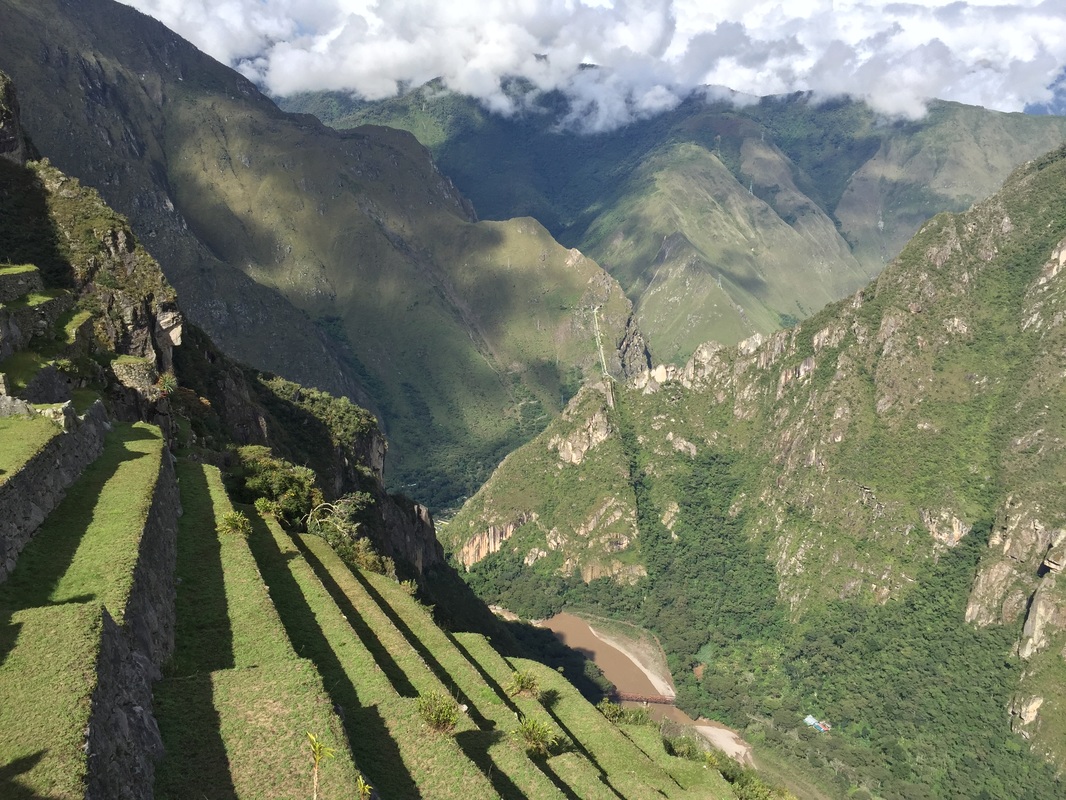
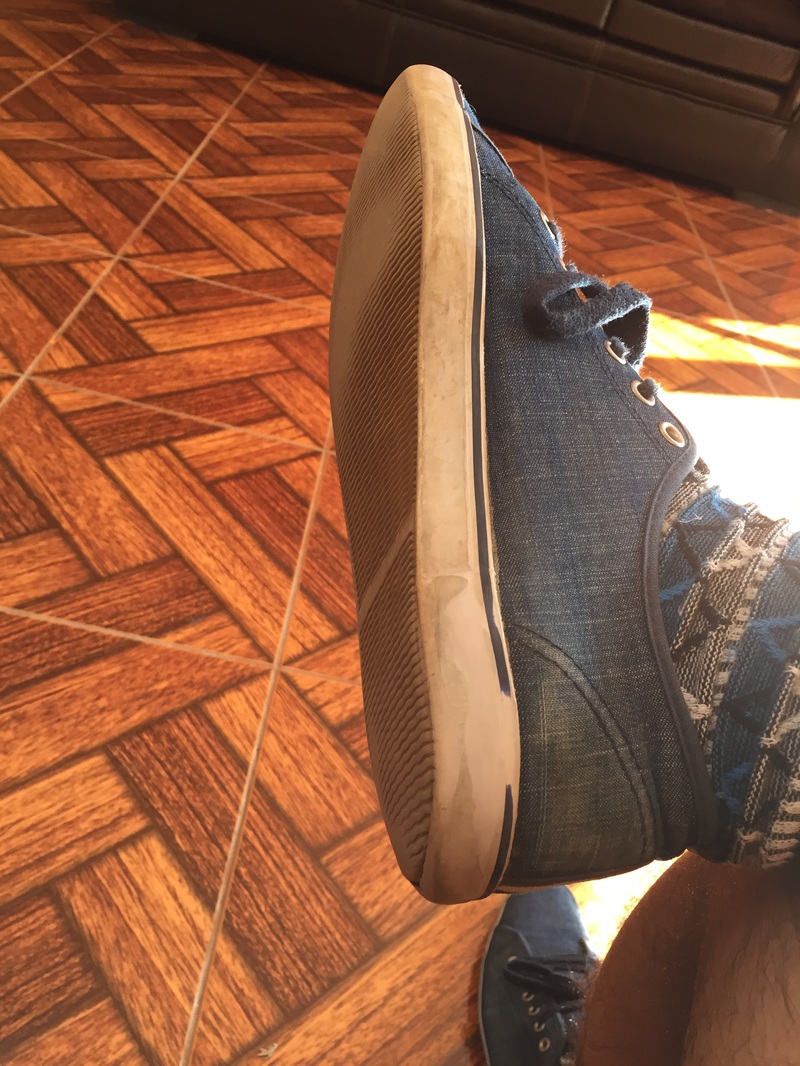
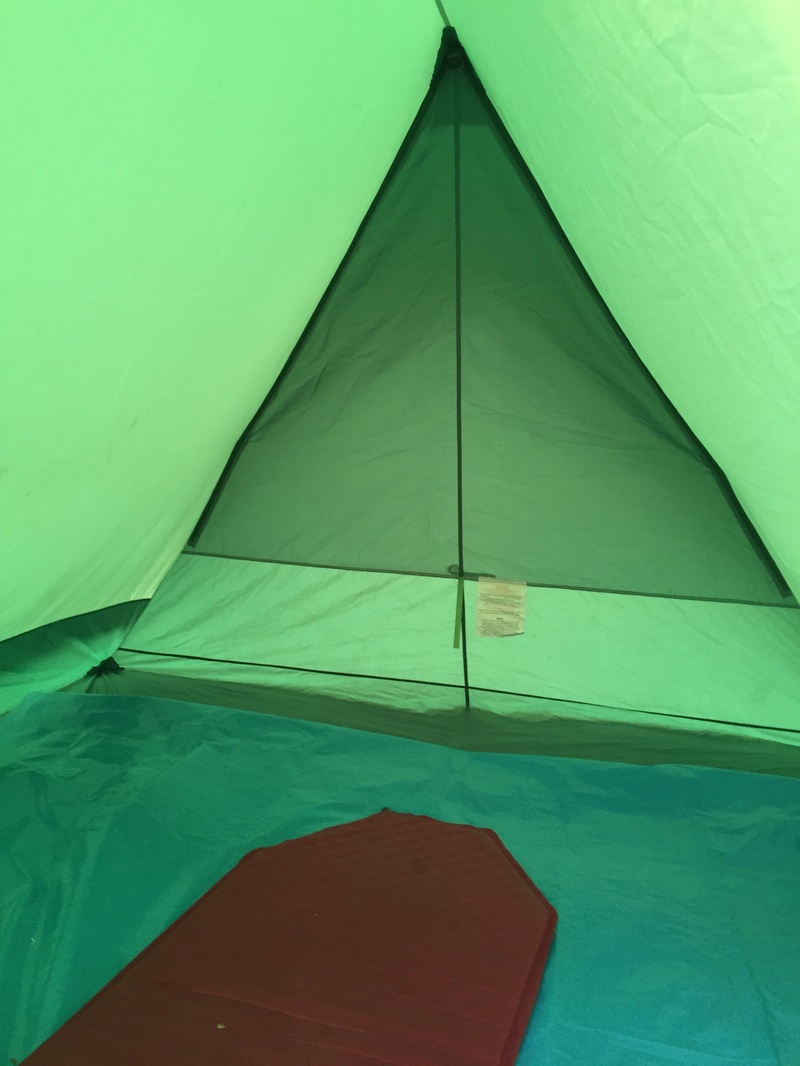
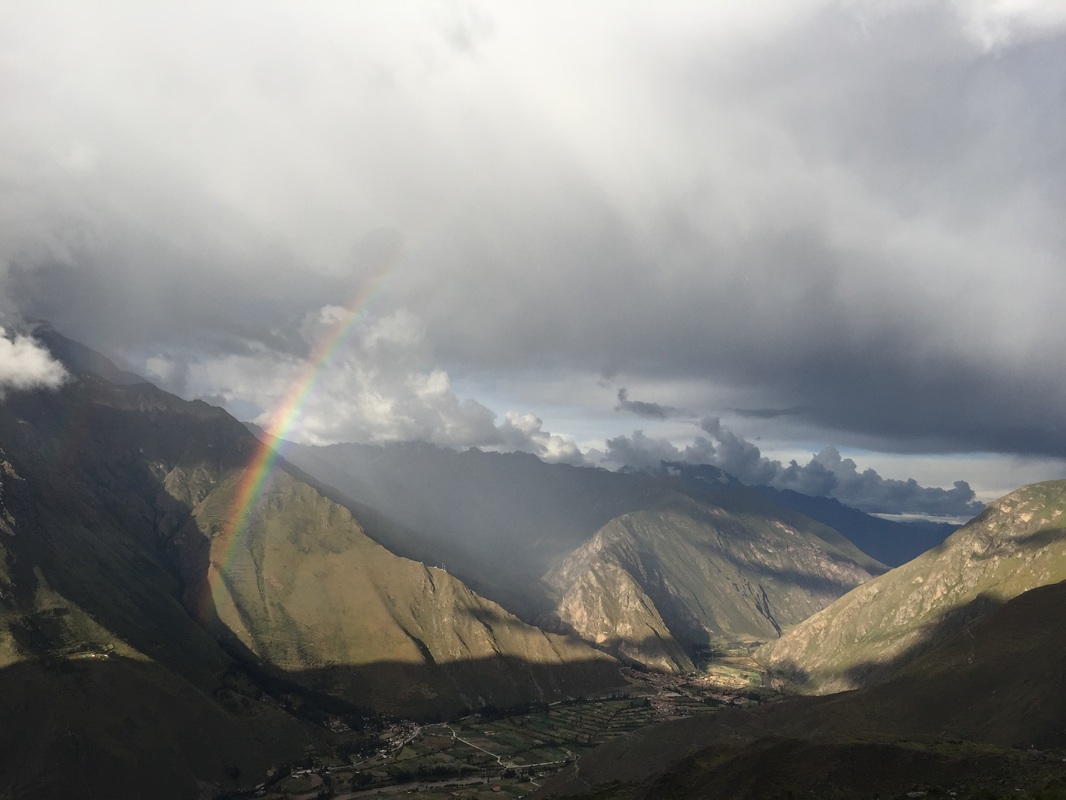

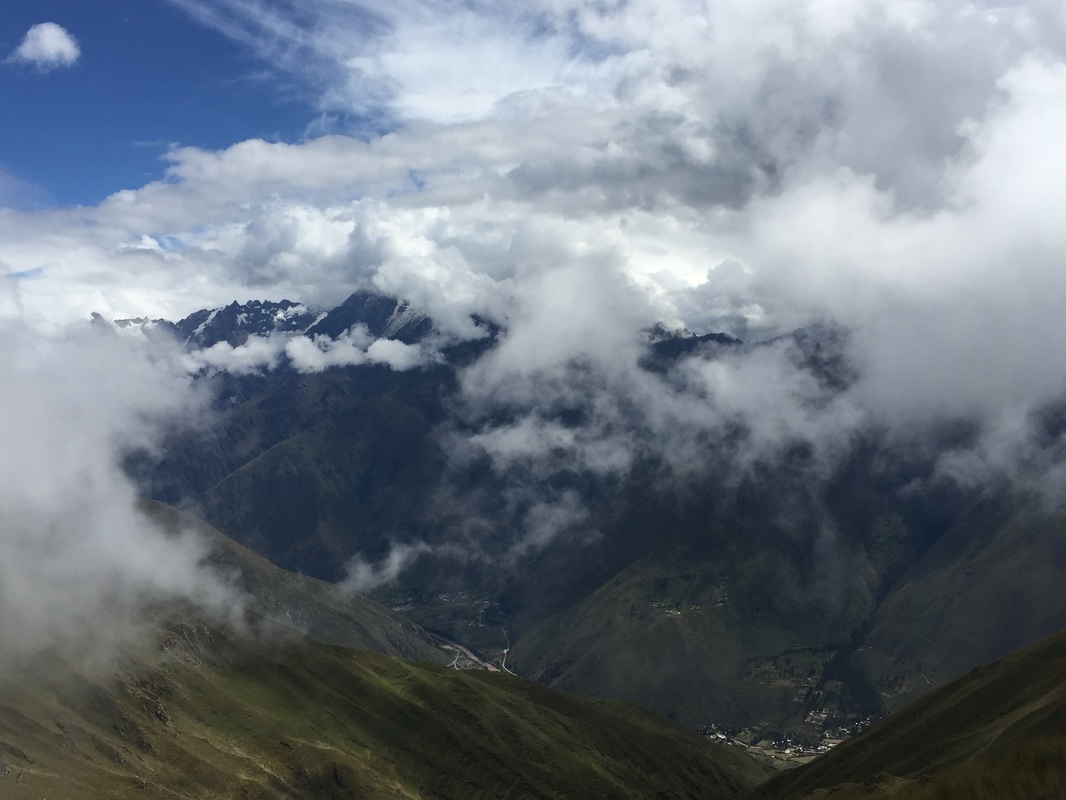



 RSS Feed
RSS Feed